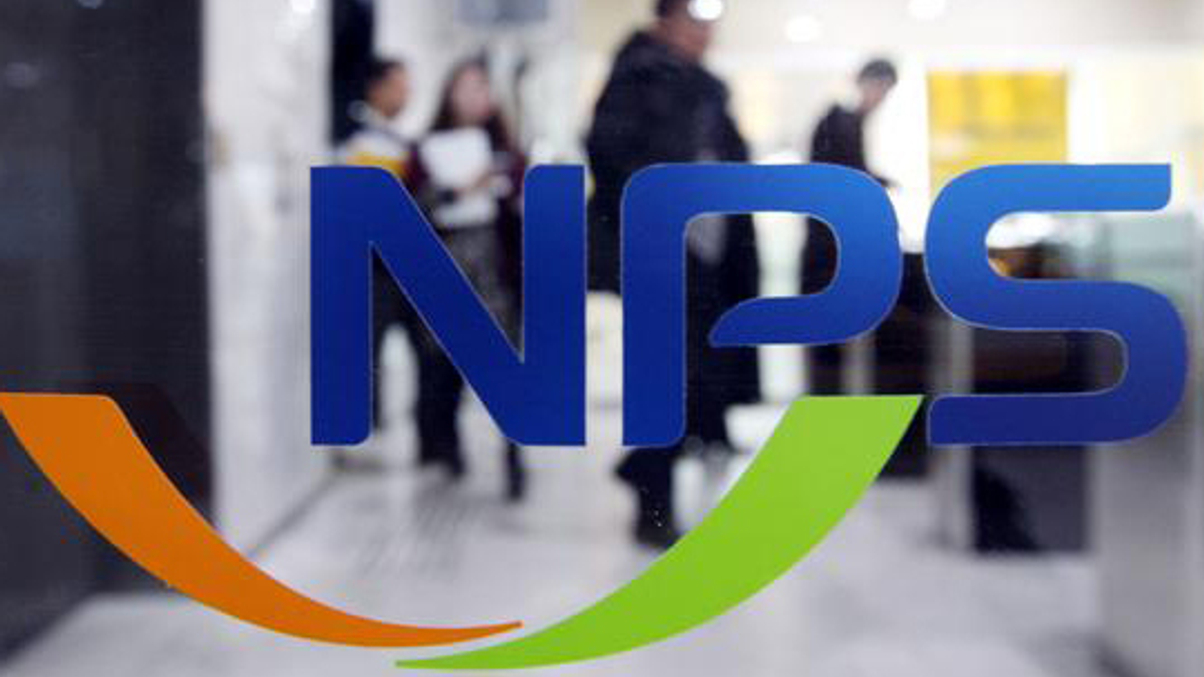Alts revamp shows global ambitions at Korea’s NPS
After merging domestic alternatives investments into its global strategy, the state pension fund is now putting its efforts into overseas expansion.

Korea’s National Pension Service (NPS), with W712.1 trillion ($615.8 billion) of assets under management (AUM) as of end-October 2019, has taken another step to strengthen its alternatives investments efforts overseas.
Sign In to Your Account
Access Exclusive AsianInvestor Content!
Please sign in to your subscription to unlock full access to our premium AI resources.
Free Registration & 7-Day Trial
Register now to enjoy a 7-day free trial—no registration fees required. Click the link to get started.
Note: This free trial is a one-time offer.
¬ Haymarket Media Limited. All rights reserved.


